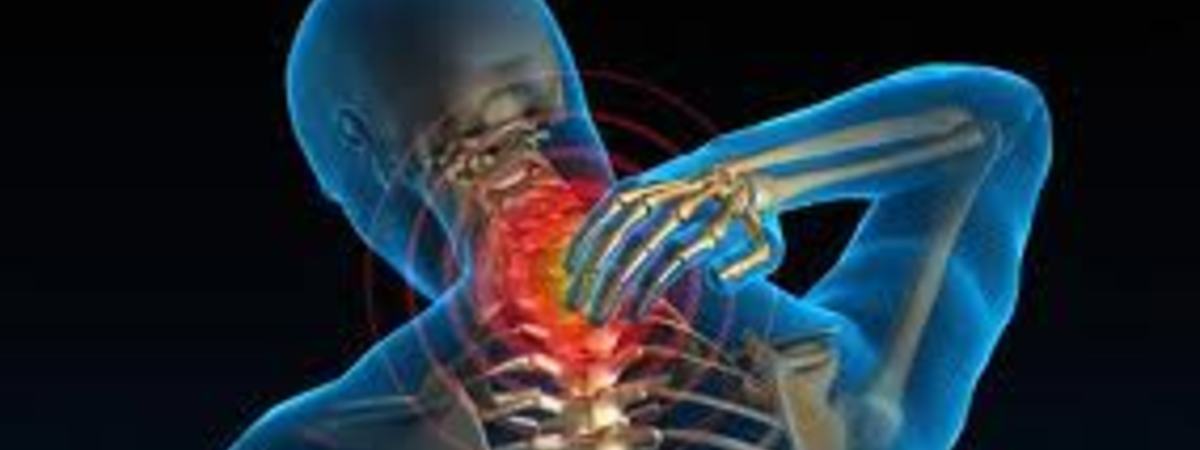
Summary:
What is corrective exercise?
Why is it important?
Does everybody need to do it?
How do you do it?
Corrective exercise refers to specific exercises designed to target precise areas of the body in an attempt to activate or strengthen inactive or weak muscles. It’s commonly used to correct common patterns of dysfunction (a whole blog of its own!).
Patterns of dysfunction are caused by the stresses and strains of repetitive behaviour on the body. Typically I see a lot of clients who spend the majority of time seated at a desk, leading to a couple of problems such as upper-crossed and lower-crossed syndromes. You will have seen these typical postures on lots of people (today probably!), and would more commonly know them as ‘Donald Duck’ back and ‘Muhammad Ali’ shoulders.
Your posture can be a product of your sport (like in Ali’s case), where years of training to keep his body closed, guard up and chin tucked in has left him with shoulders rounded forward and his head cocked forward. Donald’s posture is the typical ‘pregnant lady’, whereby the abdominals are stretched by her bump and the pelvis tips forwards to make it easier to deliver. In both cases the postural ‘abnormalities’ are actually benefitting their hosts.
HOWEVER, long term this could have some real negative health implications and lead to injury. 90% of people I meet who are suffering from lower back pain are really suffering from Donald Duck (lower-crossed) Syndrome. Shoulder issues that people tend to find as they get older, are usually down to underused external rotator cuffs. For these reasons I say corrective exercise is important. I believe EVERYONE needs to do some form of corrective exercise, as we are all on the continuum from poor to great posture, and everyone either moves or doesn’t move all day. Both cases are going to have a serious effect on which muscles are under/overactive.
For some people it’s a case of just a couple of exercises designed to hit one particular area as part of their warm up. E.g. band pull aparts - 3 sets of 10 before a shoulder session. For others it’s a case of corrective exercise IS the session.
This isn’t going to leave much time for biceps, triceps and cardio in a typical 60 minute session. Corrective exercise is something that you really need to read a lot of material on, and discuss with your trainer and physio before you seriously attempt it.
Typically I like to work closely with physios who I know well, so that we can communicate and help the client get the best for themselves. I have to say that these clients are normally the same as those whom when left to their own devices will generally take an exercise, perform it poorly (often with some pain) and not be able to see where things are going wrong. It’s not their fault -some peoples’ bodies just don’t naturally move correctly.
If you feel like your posture is holding you up (in terms of progress – pun DEFINITELY intended) then it’s time to find out what specifically YOU can do to fix it.
